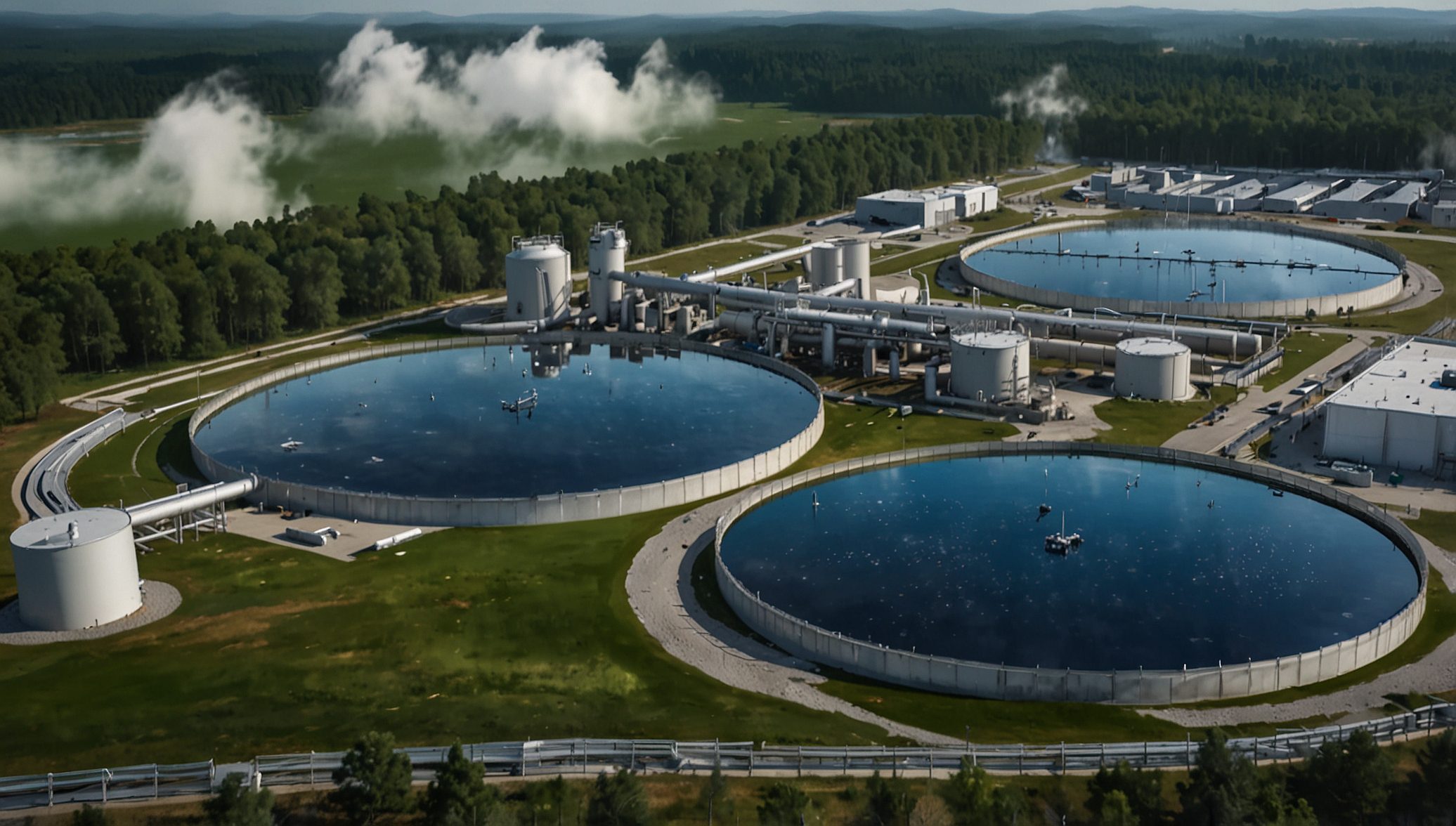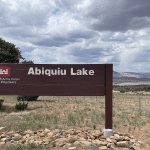- Only 26% of treated wastewater is reused in the Colorado River Basin.
- Arizona and Nevada lead the way, while Utah and others trail behind.
- Researchers urge federal action and better data tracking for water reuse.
Tuesday, April 8, 2025 — A report titled “Can Water Reuse Save the Colorado? ” released April 2, 2025, by UCLA and the Natural Resources Defense Council reveals that states relying on the Colorado River are failing to make the most of a crucial water source: recycled wastewater. The analysis found that just 26% of treated municipal wastewater is being reused across the seven basin states, despite ongoing drought and over-allocation of the river.
” released April 2, 2025, by UCLA and the Natural Resources Defense Council reveals that states relying on the Colorado River are failing to make the most of a crucial water source: recycled wastewater. The analysis found that just 26% of treated municipal wastewater is being reused across the seven basin states, despite ongoing drought and over-allocation of the river.
While Arizona and Nevada reuse more than half of their wastewater—Nevada at 85% and Arizona at 52%—other states are falling short. California, the basin’s largest wastewater producer, recycles only 22%. New Mexico clocks in at 18%, Colorado at 3.6%, Wyoming at 3.3%, and Utah reuses less than 1%. “We’re facing a hotter, drier future, and we need to pursue water recycling aggressively if we’re going to ensure a sustainable, resilient water supply for the Colorado Basin,” said Noah Garrison, a UCLA water researcher .
.
The report also highlights a troubling “data desert” that hinders effective planning. “It’s almost shocking how little information is available on how much water is being recycled or what recycled water is being used for,” Garrison noted. Researchers called treatment plants directly in many states due to the lack of centralized reporting. They recommend federal support to set reuse targets, standardize reporting, and expand funding through existing programs like the Bureau of Reclamation’s Alternative Water Source grants.
The full report, Can Water Reuse Save the Colorado? , is available on UCLA’s website.
, is available on UCLA’s website.






Leave a Reply